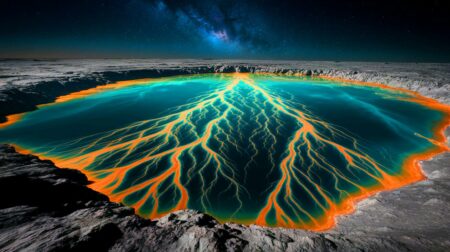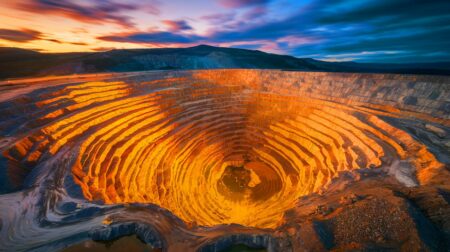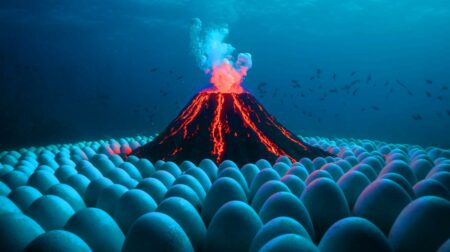Another day, another stark warning about the precarious situation of life on Earth. This time the warning comes in the form of a new report by the conservationist group World Wide Fund for Nature.
“Living Planet Report 2018: Aiming Higher,” as it is called, makes for grim reading.
Rampant population growth and ever-increasing consumption worldwide are driving unprecedented planetary changes, including massive losses of natural habitats owing to our increased demands for energy, land and water sources. “The products we consume, the supply chains behind them, the materials they use and how these are extracted and manufactured have myriad impacts on the world around us,” the report notes.
In fact, currently it isn’t so much climate change yet but rather continued habitat loss, land conversion, deforestation, wildlife poaching, overfishing and other forms of exploitation that are driving a mass extinction of species worldwide. Only a quarter of land on the planet remains substantively free of the impacts of human activities, the NGO says, yet even what is left is likely to decline to just one-tenth by 2050, which a mere two decades away.
In tandem with our ceaseless overexploitation of many of the planet’s natural resources, which are already stretched to their limits, biodiversity will continue to be lost at alarming rates. “Ongoing degradation has many impacts on species, the quality of habitats and the functioning of ecosystems,” the report says. “Humans are living beyond the planet’s means and wiping out life on earth in the process.”

To wit: the planet’s population of vertebrate species have fallen by 60% since 1970 as a result of human activities that have wreaked havoc on grasslands and forests. In Latin America and the Caribbean, for instance, a staggering 89% of indigenous mammals such as jaguars and anteaters have seen dramatic losses in their populations.
Nor has the overexploitation of resources been limited to land. “Marine and freshwater ecosystems are also facing huge pressures. Almost 6 billion tonnes of fish and invertebrates have been taken from the world’s oceans since 1950,” the report’s authors note.
More than 80% of freshwater populations have vanished, especially freshwater fish. “Freshwater habitats, such as lakes, rivers and wetlands, are the source of life for all humans yet they are also the most threatened, strongly affected by a range of factors including habitat modification, fragmentation and destruction; invasive species; overfishing; pollution; disease; and climate change,” they say.
Meanwhile, the world’s oceans have seen unprecedented levels of pollution. “Plastic pollution has been detected in all major marine environments worldwide, from shorelines and surface waters down to the deepest parts of the ocean, including the bottom of the Mariana Trench,” the report says. Here is a shocking fact: nine out of 10 seabirds worldwide have plastic waste in their stomachs, as opposed to just 5% in 1960.
The birds often mistake bits and pieces of plastic for food and so swallow it accidentally or else get entangled in them. Turtles and a myriad of other marine creatures hardly fare better.
“We are the first generation to know we are destroying our planet and the last that can do anything about it,” Tanya Steele, chief executive of the WWF, notes. “The collapse of global wildlife populations is a warning sign that nature is dying.”
Did you like it? 4.6/5 (27)








